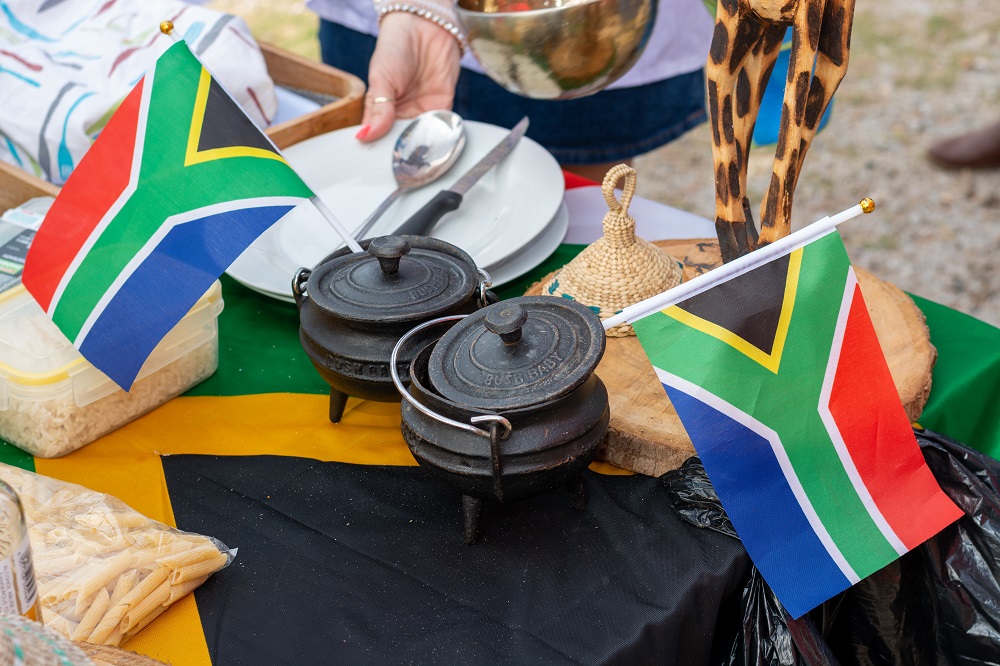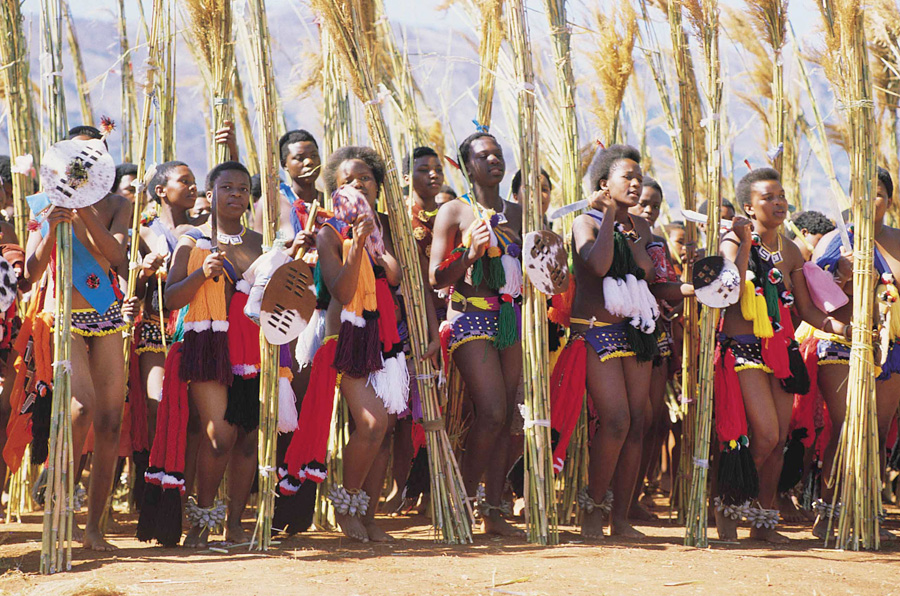Indicators on South African Culture Today You Should Know
Indicators on South African Culture Today You Should Know
Blog Article
Unknown Facts About South African Culture Today
Table of ContentsSouth African Culture Today - TruthsRumored Buzz on South African Culture TodayFascination About South African Culture TodayThe 6-Minute Rule for South African Culture TodayThe Basic Principles Of South African Culture Today 9 Easy Facts About South African Culture Today Shown

The and sheep as well as of people with guards and spears, in their paints. Hunter-gatherers can not live completely along with a cleared up neighborhood and thus troubles developed. When the San combated versus the BaNtu, they went to a substantial drawback not just in numbers yet likewise in lack of weapons.
The Europeans owned equines and guns. In this period, the variety of San was significantly minimized. South African culture today. They fought to the fatality and chosen fatality to capture where they.Colonialism damaged the San migratory lifestyle, they were no longer enabled to roam easily and trophy hunters damaged the huge herds of video game that developed their major supply of food

Particular individuals may presume leadership in certain rounds in which they succeed, such as searching or healing rituals, but they can not achieve placements of general influence or power. White colonists discovered this extremely complicated when they attempted to. Management amongst the San is maintained for those that have actually lived within that group for a very long time, who have accomplished a reputable age, and great character.
Land is usually had by a group, and rights to land are normally acquired bilaterally. As long as a person lives on the land of his team he keeps his membership.
Getting My South African Culture Today To Work
The San arrow does not kill the animal straight away. In the instance of little antelope such as Duiker or Steenbok, a pair of hours may elapse prior to fatality.
The meat is boiled or roasted on a fire. and every component of the pet is utilized. The hides are tanned for coverings and the bones are cracked for the marrow. Water is difficult ahead by, as the San are continuously on the action. Typically throughout the completely dry season, these travelers accumulate their moisture by scuffing and pressing roots.
A caterpillar, red yellow in colour and concerning three-quarters of an inch long, called ka or ngwa is likewise made use of. The poisonous substance is extremely hazardous and is greatly feared by the San themselves; the arrowhead factors are for that reason turned around so that the toxin is securely had within the reed collar.
The poison is neuro toxic and does not contaminate the entire pet. The place where the arrowhead strikes is removed and thrown out, but the remainder of the meat is fit to consume. The impact of the toxin is not instant, and description the hunters frequently need to. The San additionally dug risks near the larger rivers where the game came to consume alcohol.
South African Culture Today - Truths
These challenges were intelligently covered with branches, which resulted in the pets walking over the pit and dropping onto the risk. When capturing little pets such as hares, guinea fowls, Steenbok or Duiker, or fiber from plants were used. These had a running noose that suffocated the pet when it entered the snare to gather the food that had been positioned inside it.
Aardvark holes are utilized by tiny dollar as a resting location to run away the midday sun. The seeker waited patiently behind the opening until the animal left.
Facts About South African Culture Today Revealed
If the ground is bare and open, he will crawl on his belly, often holding a little shrub before him. Seekers bring a skin bag slung around one shoulder, having individual items, poisonous substance, medication, flywhisks and added arrowheads. They might additionally lug a club to toss at and stun little game, a long probing stick click over here to extract hares from their burrows or a stick to dig out Aardvark or Warthog.
According to San tradition, they rated to share the meal and would, in the future, need to respond similarly. Plant foods, collected by the womenfolk, are not shared but consumed by the lady's immediate family members. The San take advantage of over 100 edible species of plant.
Kids remain at home to be monitored by those staying in camp, but nursing kids are carried on these event journeys, adding to the lots the women need to carry. Until lately, most amateur and expert anthropologists looked at a rock paint of the San and believed that they can analyze it without any problems.
When shaman (medicine guys) repainted an Eland, they did not simply pay respect to a sacred animal; they likewise used its significance (N!um). San rock paints are found in rocky areas of the KwaZulu-Natal, Eastern Cape and the Western Cape provinces.
Little Known Questions About South African Culture Today.
Manganese oxide and charcoal were made use of for black; white, which does not protect well, was most likely obtained from bird droppings or kaolin. The blood of an Eland, a pet of wonderful spiritual and symbolic relevance, was typically mixed right into the colour pigments.
Human numbers are stylized and shown as having long strides and the pets are either galloping or leaping, or, extra discreetly, snapping a tail or twisting a neck. A lot of the paints have an underlying spiritual theme and are thought to have been representations of spiritual ceremonies and routines. The San belief system generally observes the preeminence of one powerful god, while at the same time identifying the existence of lesser gods in addition to their other halves and children.
Amongst some San, it is believed that working the soil is in contrast to the world order developed by the god. The most essential spiritual being to the southerly San was/ Kaggen, the trickster-deity. He created several things, and appears in many misconceptions where he can be foolish or sensible, tiring or valuable.

/ Kaggen is not constantly a praying mantis, as the mantis is only one of his symptoms. He can additionally develop click reference into an Eland, a hare, a snake or a vulture - he can presume lots of kinds. When he is not in among his animal kinds,/ Kaggen lives his life as a regular San.
All About South African Culture Today
When captured, the Eland is skinned and the fat from the animal's throat and collarbone is made into a broth. The women of the tribe execute the Eland Bull Dancing where they mimic the mating practices of the Eland cows.
Report this page